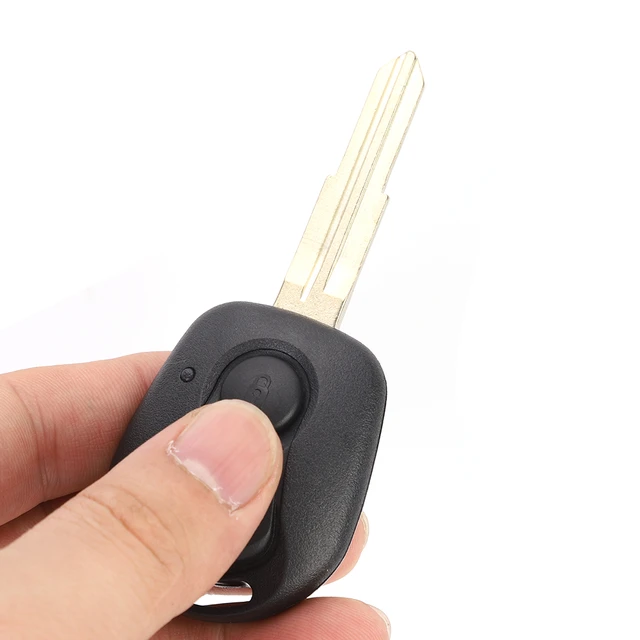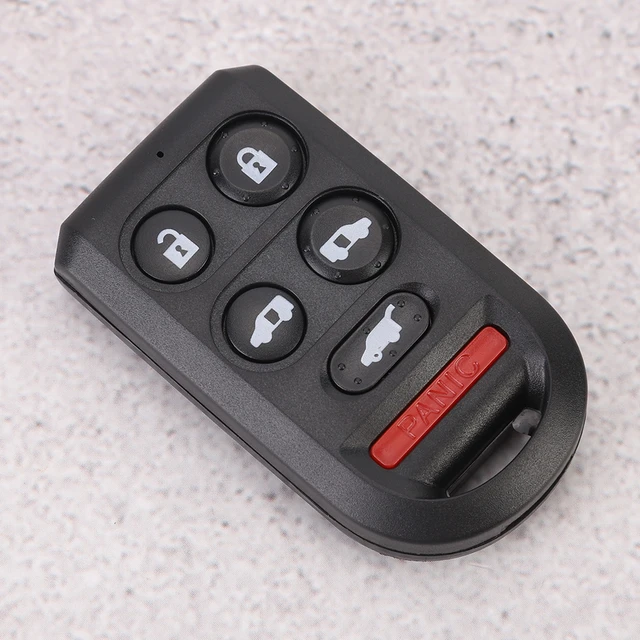 Introduction:
Introduction:
The key fob is a convenient and essential accessory for modern vehicles, providing remote entry and secure locking functions. However, when the battery in your key fob runs out, it can hinder the functionality of your vehicle. Knowing how to change a key fob battery is a valuable skill that can save you time and money. In this comprehensive guide, we will provide a step-by-step walkthrough on changing a key fob battery. By following these simple instructions, you can replace the battery quickly and restore the full functionality of your key fob.
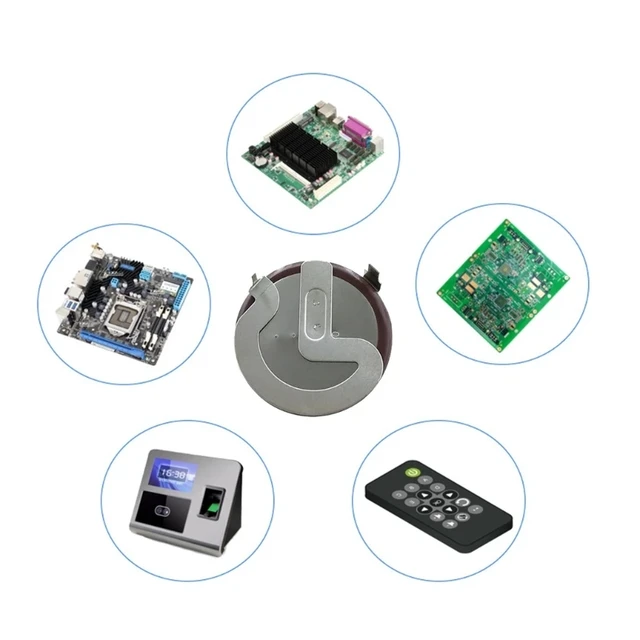 Most commonly used key fob battery types include:
Most commonly used key fob battery types include:
Key fob batteries come in various types, often depending on the specific make and model of the key fob. However, the most commonly used key fob battery types include:
CR2032:
This is one of the most prevalent types of key fob batteries. It is a 3-volt lithium coin cell battery with a diameter of 20mm and a thickness of 3.2mm. It is widely used in key fobs for various car brands and other electronic devices.
CR2025:
Another common type of key fob battery is the CR2025, which is similar to the CR2032 but slightly thinner. It also has a 3-volt lithium coin cell composition and is used in key fobs for certain car models and other small electronic devices.
CR2016:
The CR2016 key fob battery is another smaller variant of the 3-volt lithium coin cell battery. It has a diameter of 20mm and a thickness of 1.6mm, making it suitable for compact key fobs and some electronic devices.
CR1632:
The CR1632 key fob battery is slightly larger in size compared to the aforementioned types. It has a diameter of 16mm and a thickness of 3.2mm. It is commonly used in key fobs for certain car models and other electronic devices that require a slightly larger battery.
It’s important to note that the specific key fob battery required may vary depending on the manufacturer’s specifications and the model of the key fob. It is advisable to refer to the manufacturer’s instructions or consult the vehicle’s manual to determine the correct battery type for the key fob.
Identifying the Key Fob and Battery Type
Key Fob Variations:
Key fobs come in different shapes, sizes, and designs, depending on the make and model of your vehicle.
Identify the specific key fob you have to ensure you have the correct battery type.
Battery Type:
Different key fobs require different types of batteries, such as coin cell batteries (CR2032, CR2025) or button cell batteries (LR44).
Refer to the manufacturer’s documentation or website to determine the correct battery type for your key fob.
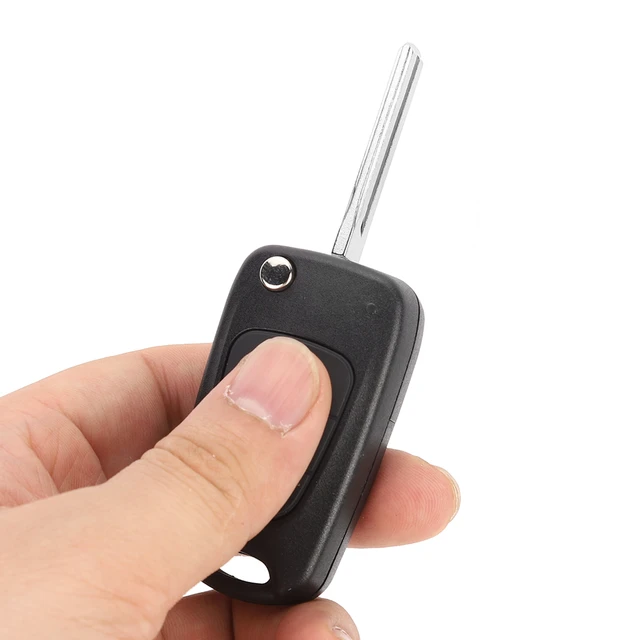 Accessing the Key Fob and Removing the Old Battery
Accessing the Key Fob and Removing the Old Battery
Locate the Battery Compartment:
Examine your key fob to identify the battery compartment.
Some key fobs may have a visible screw, while others may have a slide or push mechanism to access the battery compartment.
Open the Battery Compartment:
Use a small screwdriver, key, or your fingernail (depending on the design) to carefully open the battery compartment.
Take caution not to force or damage the key fob casing during this step.
Remove the Old Battery:
Once the battery compartment is open, locate the old battery.
Gently remove it by pushing it out or using a small tool to release it from its slot.
Installing the New Battery
Insert the New Battery:
Take the new battery of the correct type and carefully place it into the vacant slot.
Ensure the battery is oriented correctly, with the positive (+) and negative (-) sides aligned properly.
Close the Battery Compartment:
Once the new battery is in place, close the battery compartment securely.
Be sure to check that it is properly aligned and closed to prevent any accidental opening or damage.
Testing the Key Fob
Test the Key Fob Functionality:
Press the buttons on the key fob to verify that the new battery has restored the functionality of the key fob.
Ensure that the remote entry, locking, and any other functions specific to your key fob are working correctly.
Additional Programming Steps:
In some cases, changing the key fob battery may require reprogramming or synchronizing the key fob with your vehicle.
Consult the manufacturer’s documentation or website for any additional steps required to ensure proper programming.
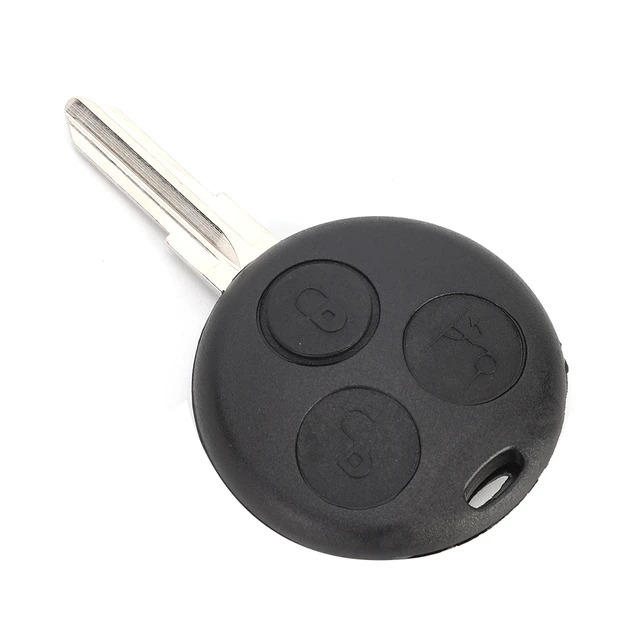 Follow these precautions:
Follow these precautions:
When changing a key fob battery, it’s important to follow these precautions:
Safety First: Always ensure your safety and the safety of others while handling the key fob and battery. Turn off the vehicle’s ignition and remove the key from the ignition before starting the battery replacement process.
Use the Correct Battery: Make sure you have the correct replacement battery for your specific key fob. Refer to the manufacturer’s instructions or consult the vehicle’s manual to determine the appropriate battery type and size.
Clean Work Area: Find a clean and well-lit area to work on. A clutter-free work surface will minimize the chances of losing small parts during the process.
Take Note of Key Fob Configuration: Before removing the old battery, take note of the key fob’s configuration or take pictures. This will ensure that you can correctly reassemble the key fob and avoid any complications.
Use Proper Tools: A small flathead screwdriver or a coin can be used to safely open the key fob casing. Avoid using excessive force and be gentle to prevent any damage to the key fob or the battery.
Avoid Touching the Circuit Board: When removing the old battery and installing the new one, avoid touching the circuit board or any other electronic components. Electrostatic discharge or accidental damage to the key fob’s internal components can disrupt its functionality.
Correct Battery Alignment: Ensure the new battery is inserted in the correct orientation, following the markings or polarity indicators on the battery and inside the key fob. Incorrect alignment can prevent the key fob from working properly.
Test the Key Fob: After replacing the battery, perform a simple test to ensure that the key fob is working correctly. Test all the buttons to verify proper functionality.
Dispose of the Old Battery Properly: Old batteries often contain hazardous materials; therefore, it is crucial to dispose of them properly. Follow local regulations and recycling guidelines to ensure safe disposal of the old battery.
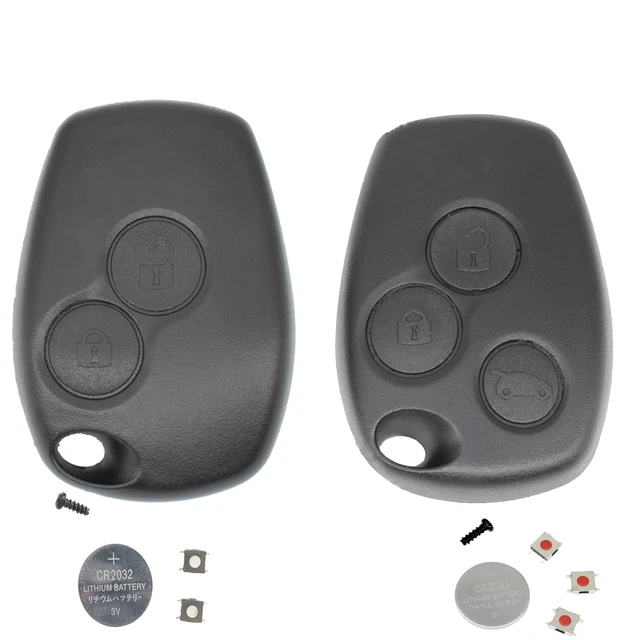 Conclusion:
Conclusion:
Changing a key fob battery is a simple yet essential task for maintaining the functionality of your vehicle’s keyless entry system. By following this step-by-step guide, you can easily replace the battery, restore the key fob’s functionality, and avoid a visit to the dealership or locksmith. Remember to identify the correct battery type, access the battery compartment cautiously, and install the new battery properly. With a functioning key fob, you can enjoy the convenience and security of remote entry and locking for your vehicle, ensuring a hassle-free driving experience.





